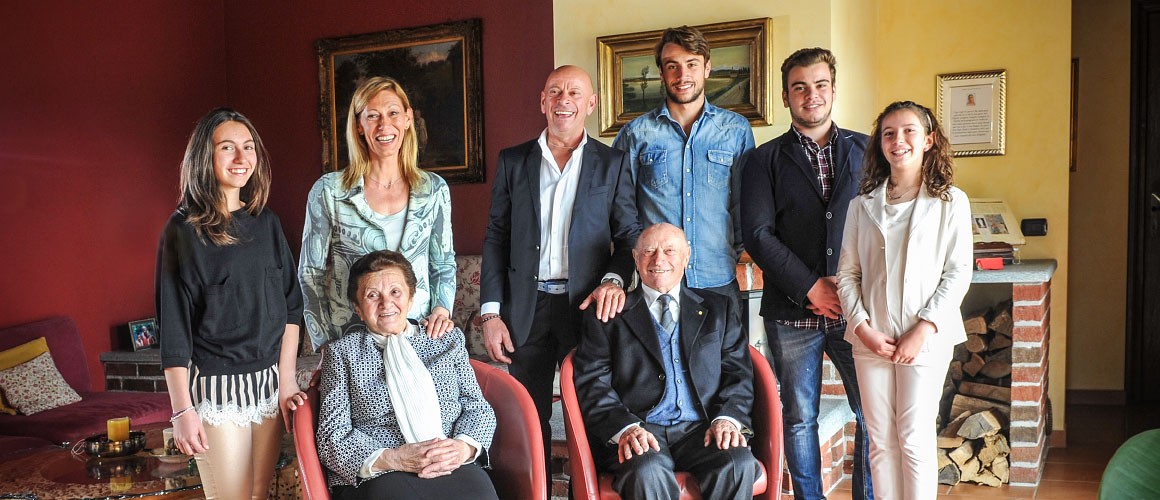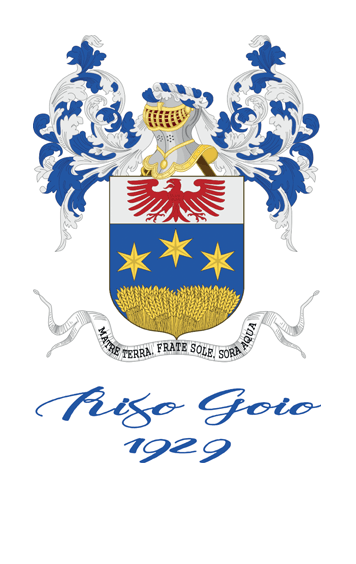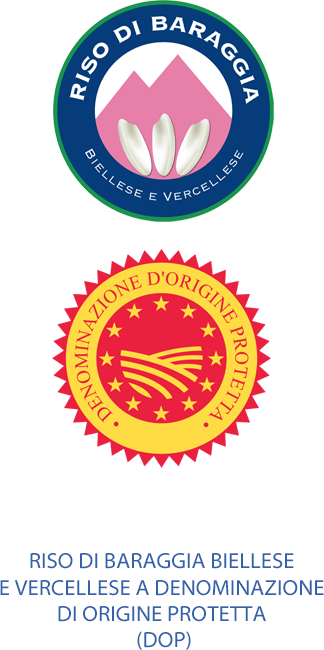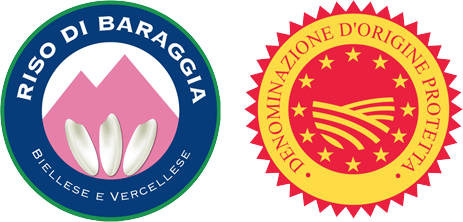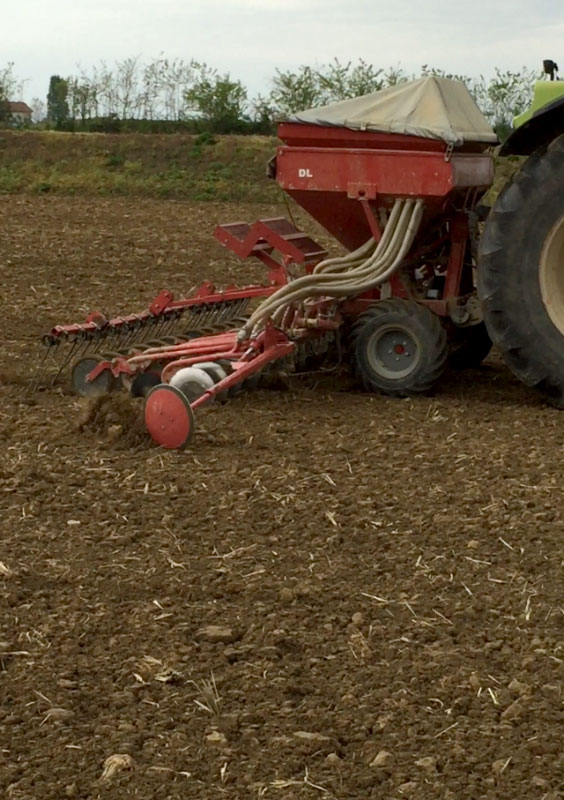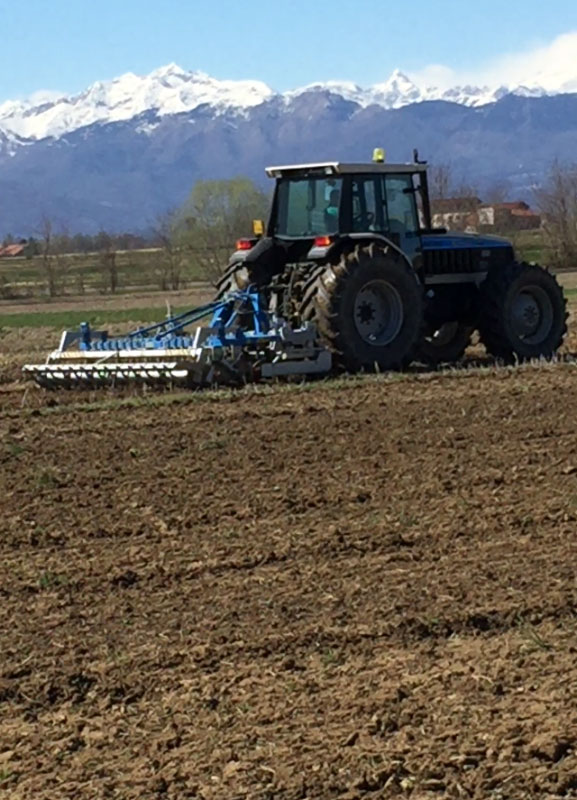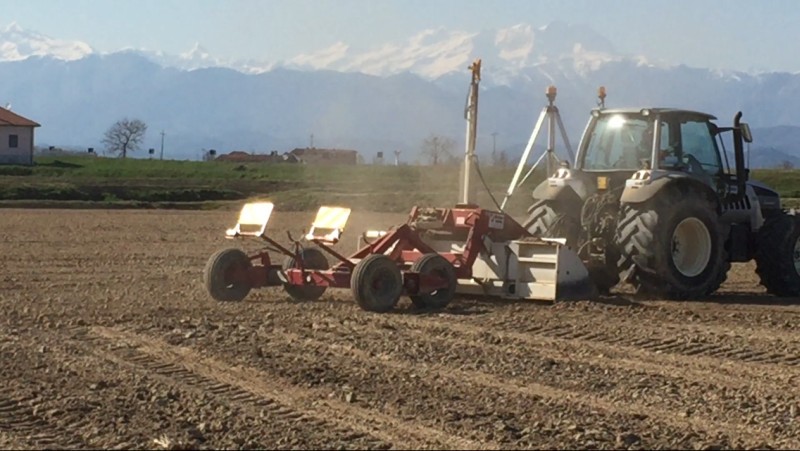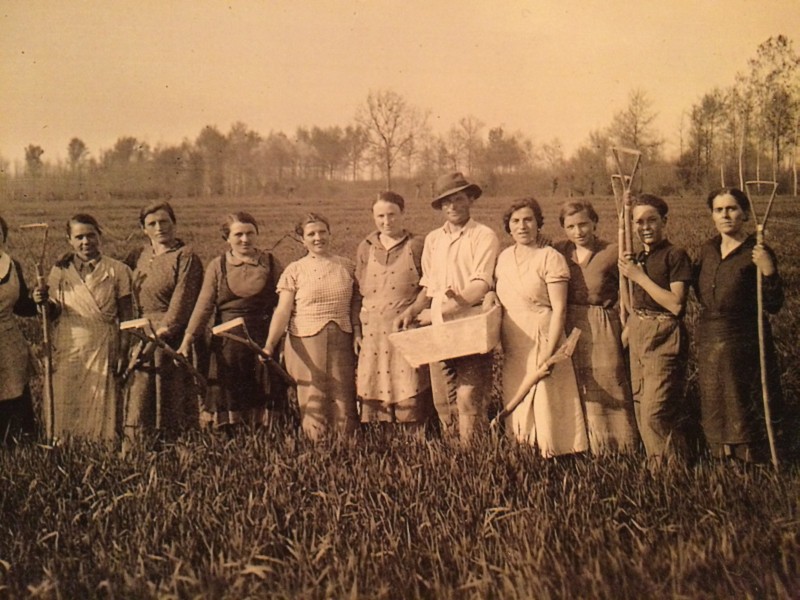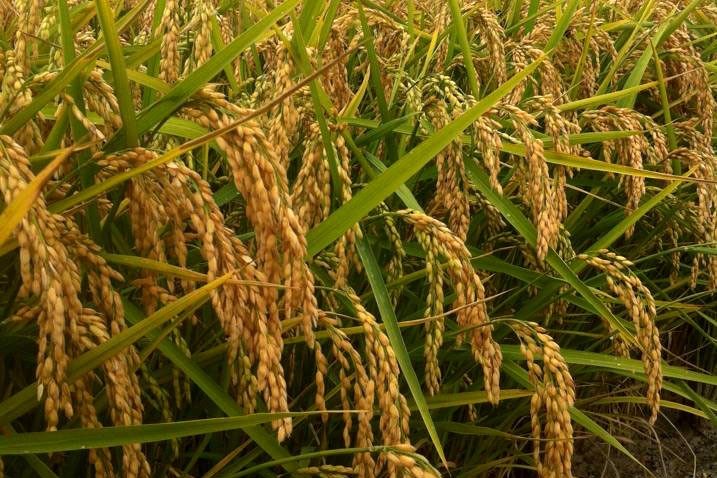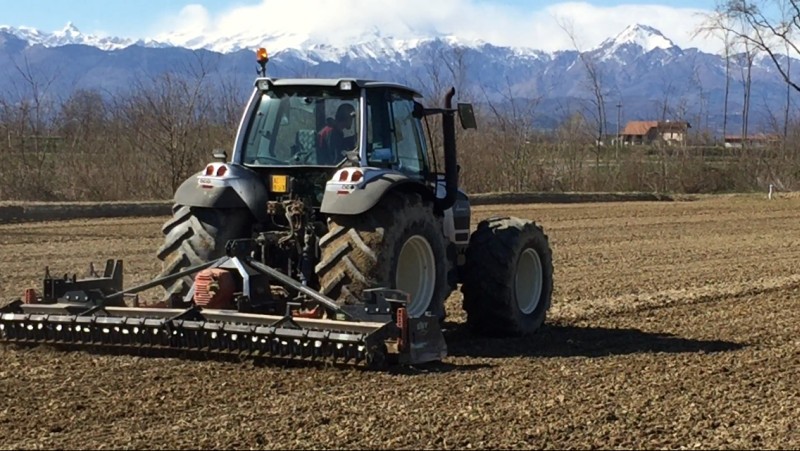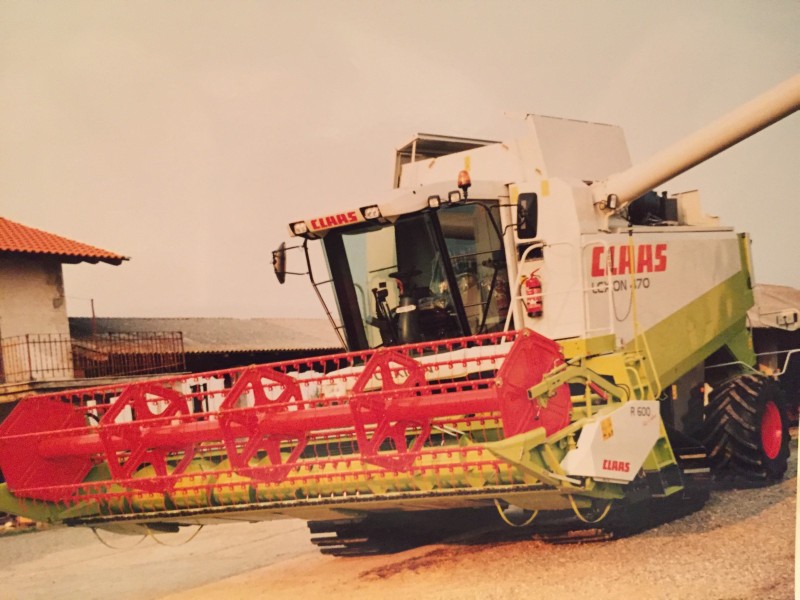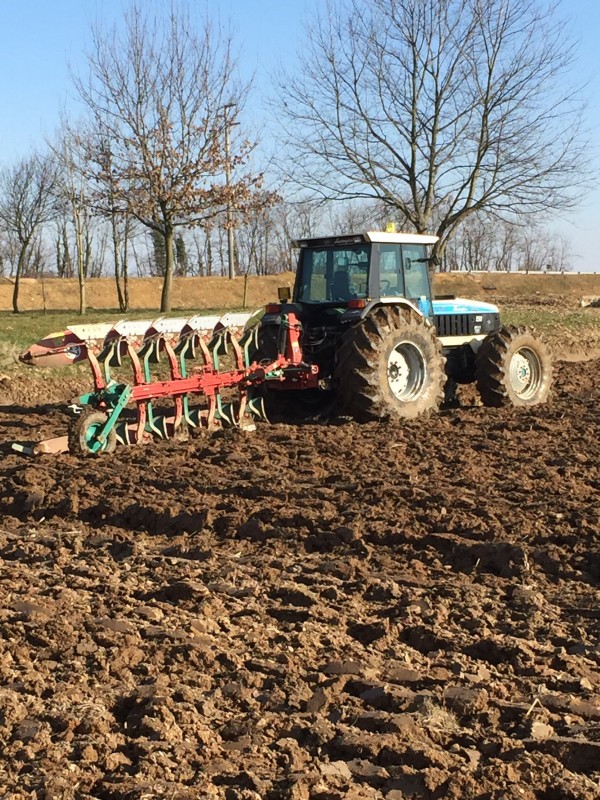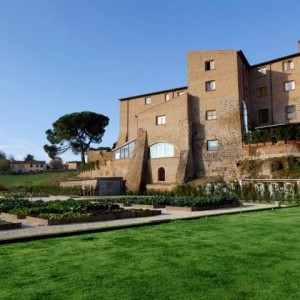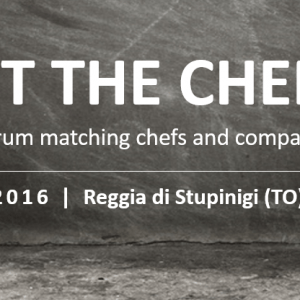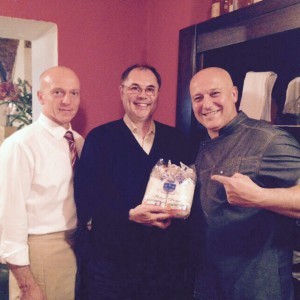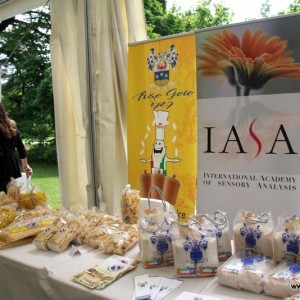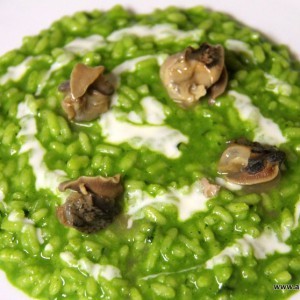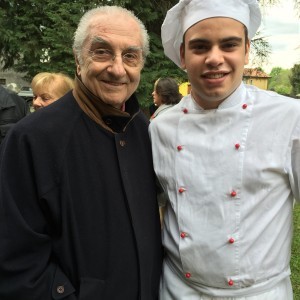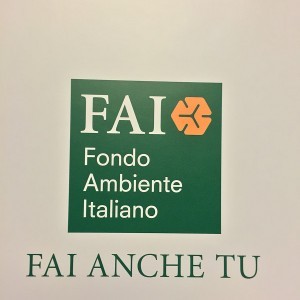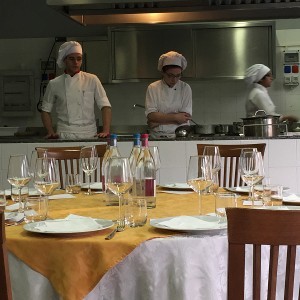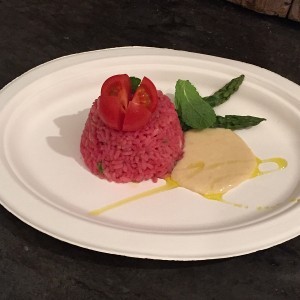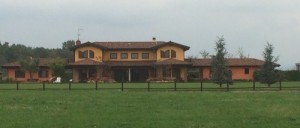Who we are
Today I want to tell you a story, the story that led me up to here, to entrust the words you are reading to a keyboard and a monitor. Yet, when all began in 1929, things were very different. Until then my grandfather Ernesto worked as a factor of the Counts of Rovasenda and with his savings he began to rent the farmland of the area pedemontana in Piedmont called “Baraggia Vercellese”. Those were clay soils, not very fertile and yet to be reclaimed. With hard work and good will, he managed to convert moorlands and wild grazing to rice cultivation. At the time it was not possible to produce as in the near vercellese, but immediately it was clear that the quality was superior. Over the years the grandfather was able to buy part of the lands and the Farmhouse San Felice. In the ’50s, thanks to the arrival of my father Pietro in the company, it was possible to increase the areas used for the cultivation and purchase the Farmhouse Collobiè with its lands.
Later Emanuele – myself – always convinced that the rice grown in this area had superior qualities, adheres with enthusiasm to the valorization of the ” DOP Riso di Baraggia Biellese e Vercellese”, European recognition achieved in 2007. Now the fourth generation is preparing to enhance what we have obtained until now: Edward plays football and join the faculty of Communication Sciences. Edilberto attends the hospitality training institute of Arona. Francesca is still young and would like to help Edilberto. Mariachiara wants to become my secretary, but for girls it is still early, they are 10 and 11! Every morning the alarm rings at 6:30 am for everyone, sometimes it’s hard, but if we arrived up in here is thanks to three generations who spend their days and their lives to the fields, to their cultivations. Chasing a dream that joins us: to sell directly the product we produce from eighty-six years. Today that dream is becoming a reality and it has a name: “Rice Goio 1929”.
Emanuele (Lele)
